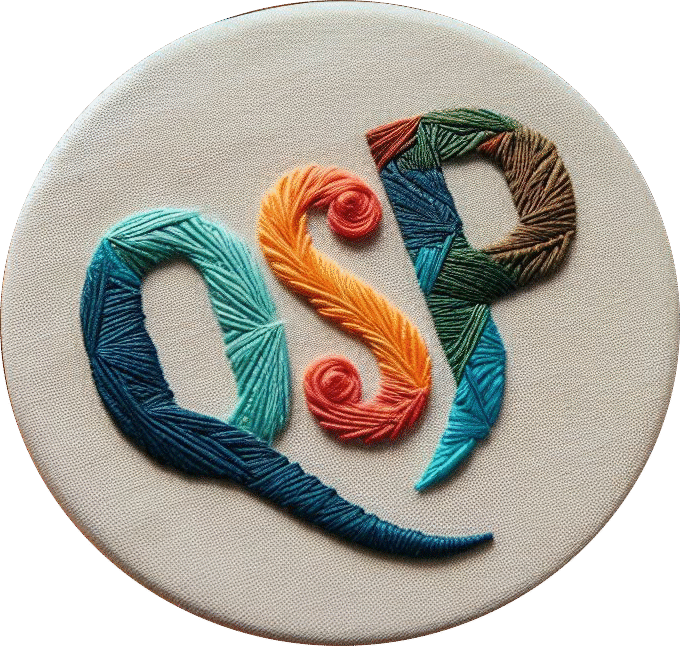A Deep Dive into the Factors That Determine Textile Fabric Quality
Understanding how the quality of fabric is defined goes far beyond how it looks or feels at first touch. It involves delving into the complex chain of technical decisions, materials and processes that give rise to a fabric that is durable, functional and visually appealing. This knowledge is valuable not only for professionals in the textile industry but also for designers, buyers and brands seeking to deliver products responsible and high in value.
One of the first elements to consider when analysing what factors determine textile fabric quality is the fibre. 🌾 Choosing between natural fibres like cotton, wool or silk and synthetic ones like polyester has a direct impact on breathability, comfort, durability and sustainability. Fibre quality is measured by its length, fineness and cleanliness, all of which influence the uniformity of the yarn and, consequently, the fabric itself.
🧶 Technical Characteristics of a Quality Fabric: From Fibre to Finish
The technical characteristics of a quality fabric start with the yarn. 🧵 A well-spun yarn, consistent and with the right twist, guarantees a strong yet soft fabric. Combed yarns or ring-spun yarns, for example, stand out by offering superior durability and texture. Once the yarn is ready, it is woven or knitted into fabric using different constructions. Each method offers different properties: woven fabrics provide structural stability, while knitted fabrics offer stretch and flexibility.
Another essential element in defining how the quality of fabric is defined is fabric density. 📏 This is measured in threads per inch or grams per square metre (GSM). A dense, even fabric throughout its length is always preferred over one with weak spots, transparency or inconsistency. Density should also align with the fabric’s intended use — the weight of a summer shirt differs from that of a winter coat, but both can be of high quality if they perform their roles effectively.
The finishing process is another of the factors that determine textile fabric quality. 🧪 Treatments such as mercerisation, pre-washing or anti-pilling finishes not only enhance the look and feel of the fabric but also boost its performance. Mercerised cotton, for instance, gains a subtle shine, becomes softer and more receptive to dye. Technical finishes also add value in sportswear, workwear or medical textiles.
🎨 Colour, Strength and Stability: Signs of a Well-Made Fabric
Colour quality is one of the most noticeable aspects for end users. A fabric that retains its colour over time without bleeding or fading is a sign of well-executed dyeing processes. Colourfastness to washing, light, perspiration and rubbing is one of the most valued technical characteristics of a quality fabric, indicating strict quality control and adherence to professional standards.
A high-quality fabric must also show great physical strength. 💪 Tests such as tensile strength, tear resistance, abrasion resistance or pilling help determine what factors determine textile fabric quality from a technical perspective. These tests are vital in industries like furniture, automotive or industrial clothing, where the fabric is expected to endure intense and frequent use.
Dimensional stability is another crucial marker. A quality fabric holds its shape and size after washing. Pre-shrinking, heat-setting or sanforization techniques are applied to ensure that the garment maintains its original form, regardless of how often it’s washed or worn.
👋 Sensory Perception and International Standards
In addition to its technical profile, how the quality of fabric is defined also includes how it feels and drapes. Known in the industry as “the hand” of the fabric, this tactile quality is subjective but very influential. A premium fabric feels smooth, natural and appropriate to its intended use — whether soft and flowing or crisp and structured. Drapability also reflects the internal construction of the fabric and how it responds to movement.
In recent years, certifications have become an essential marker of quality. ✅ Labels like OEKO-TEX®, GOTS or ISO standards do more than guarantee safety or environmental responsibility — they provide credibility and transparency. Including these standards shows a commitment not only to product quality but to the values of the brand itself.
Fabrics That Speak for Themselves
Understanding how the quality of fabric is defined means exploring a world where every technical choice matters. From fibre selection to finishing, from yarn spinning to weaving, dyeing and testing — each stage leaves its mark on the final product. Knowing how to identify the technical characteristics of a quality fabric and appreciating what factors determine textile fabric quality empowers both producers and consumers to make more informed decisions.
In today’s competitive market, quality must go beyond marketing slogans. It should be visible, measurable and consistent. Because a good fabric doesn’t just clothe — it conveys trust, professionalism and respect for the craft behind it. 🌍


Deja una respuesta